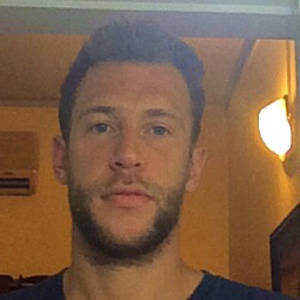Road to Tumbura
Tumbura, capital of the newly created state of the same name, lies 180km north of Yambio towards the border with Central African Republic, which many people don't believe is a real country.
We reached Tumbura after a full day's drive on roads that ranged from diabolical to surprisingly dry and passable. We didn't meet any security incidents, which validated our rationale to come. It's been a few years since the conflict situation permitted us to travel this far north.
Tumbura is a dusty strip that has more of an even split of Zande and Arabic-speaking South Sudanese. The Zande are the third largest ethnic group in South Sudan by number and have very little in common with the warring pastoralist Dinka and Nuer tribes. Zandeland is split across South Sudan, Central African Republic and the Democratic Republic of Congo. A typical masterclass in European border creation. Ironically despite the Belgian Congo period, widely regarded as the worst of colonial regimes, the Congolese Zande live in such a remote backwater of that vast country that they are living under the most peace. The Zande in South Sudan and Central African Republic are living under much more chaos.
The drive wasn't free of all incidents. One of the vehicles overheated and we had to leave it in Nzara, with a mechanic riding out from Yambio to deal with the radiator and water pump. Just past Nzara (which I still believe is cursed) we came across a Land Rover taxi partially submerged by the red mud water of a huge gully eaten into the road. It had attempted to cross water that was too deep and was hopelessly stuck. Very few vehicles pass towards Tumbura and we were met with pleas for help. We couldn't pull it out without getting stuck ourselves but we scooped up an old woman and her heavily pregnant daughter, who must have been horrendously uncomfortable piled into our vehicle for the remaining 5 hours.
Human activity was so rare as to be noteworthy and we passed through very remote country that ever so gradually became drier and with rocky outcrops known as inselbergs. This area of South Sudan is a wide transition zone between the tropical forests of Central Africa, the drier savannahs of East Africa and the very arid areas of North East Africa. When the road wasn't throwing us around, or limbs seizing up, it was nice to take in the surroundings.
At Tumbura there was a warm welcome from the Wildlife Service and town's inhabitants, pleased that we are hoping to resume activities in this area, as this is seen as a sign of stability returning. The town seems quiet and has likely depopulated during sketchier times. We are in extremely basic accommodation with nothing on the wall except a set of rules. These include no same sex sharing of rooms and that condoms must be disposed of in the bin provided. I assume that these lodges are used for illegitimate shenanigans and that people don't clean up after themselves. Thumbs up for the use of protection though. People have got to get their kicks somewhere.
With our usual Wildlife Service counterparts we went to the market to buy rations, but the Security Office called us back, citing that we'd been taking photos, which we hadn't. Probably they think we're journalists, and most South Sudanese are embarrassed about the state of their country.
We more or less ascertained that we are 'welcome to move freely' but within the compound walls. This was frustrating after a full day crammed inside a hot vehicle. Being chaperoned without any real need is annoying.
After some heated words a lack of energy defeated us and we got used to operating within a ten metre radius. Later one of the security guys brought a stick of sugar cane, which I took to be an offer of friendship. Relationships with the Security Office may just have to be a dynamic we factor in in Tumbura, which we largely avoid in Yambio.

Comments
Sign in or get an account to comment.


